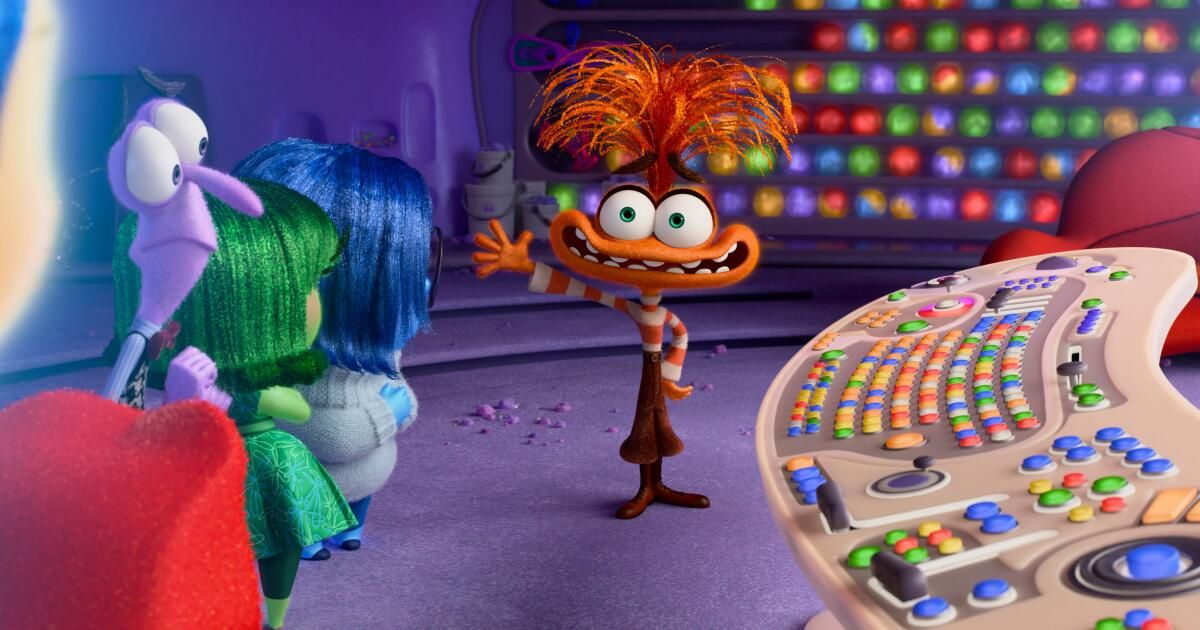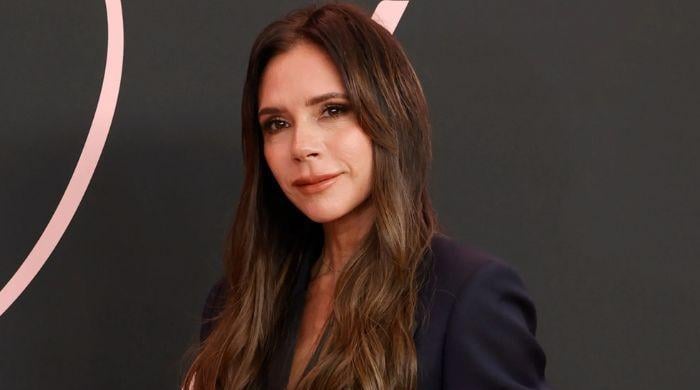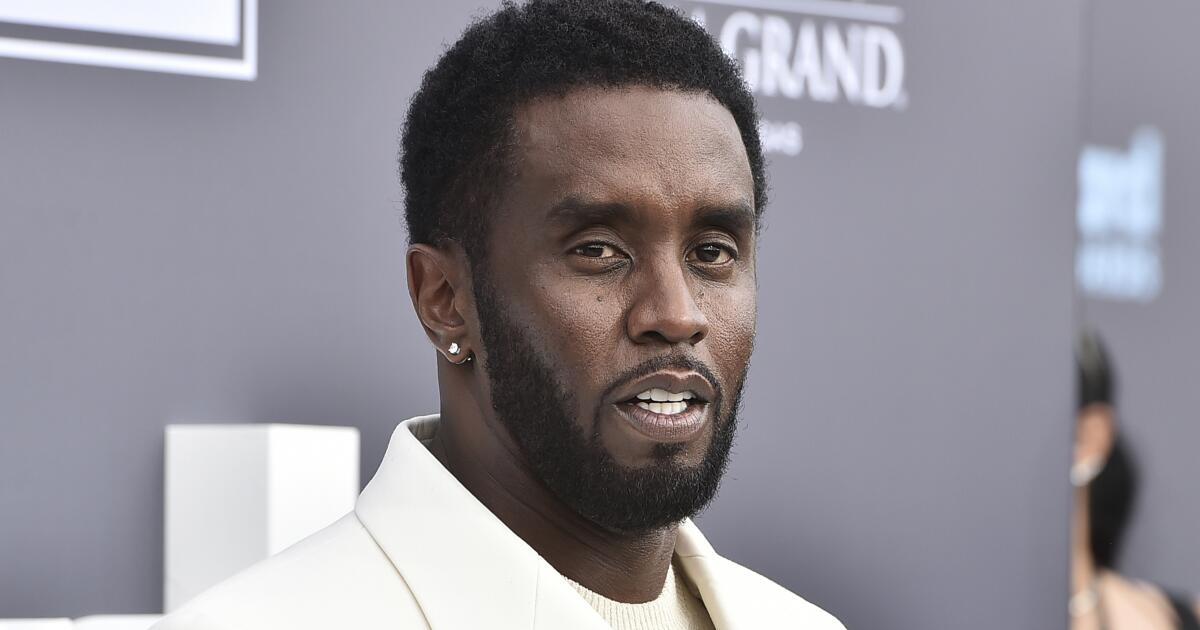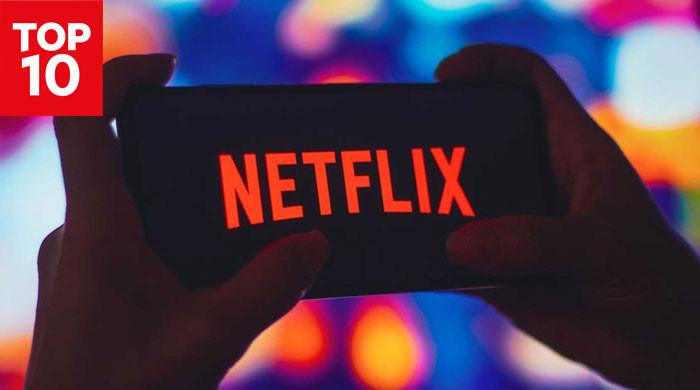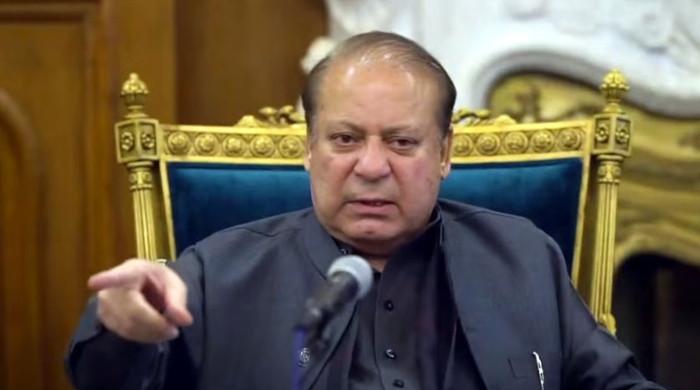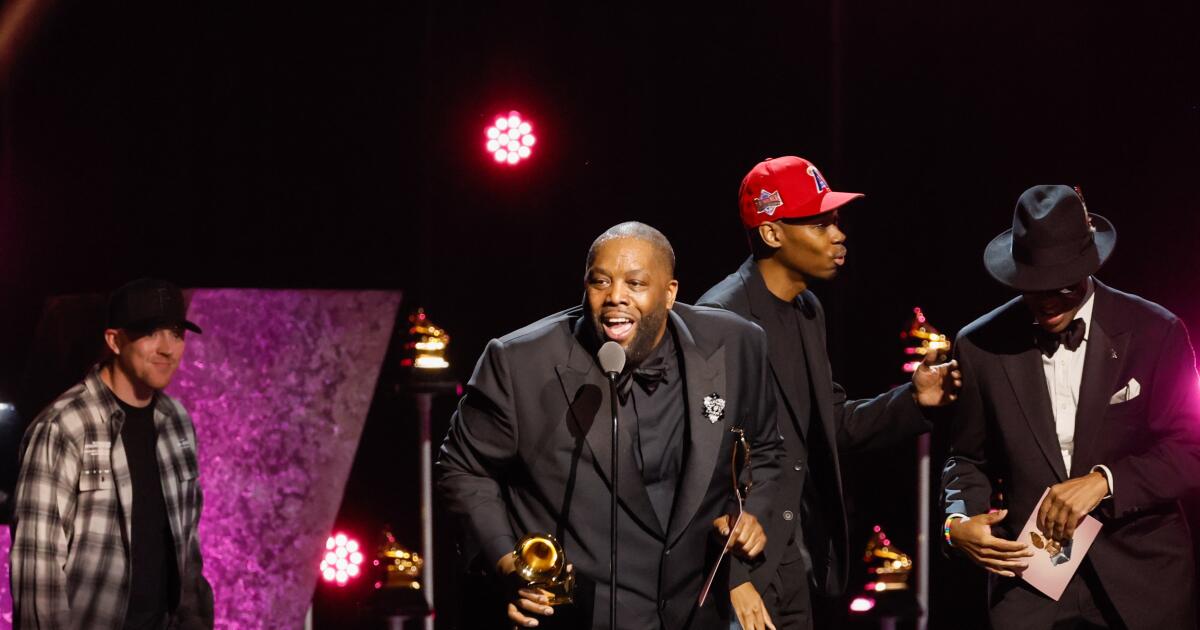In 2015, director Pete Docter and Pixar gave us all a useful visual metaphor for talking about our emotions: many reaction memes were born with “Inside Out,” which provided shorthand for expressing our strongest feelings. The film tells the story of Riley, a young woman from Minnesota who experiences a wide range of them when she moves with her family to San Francisco.
Emotions became characters, primarily Joy (voiced by Amy Poehler) and Sadness (Phyllis Smith), who accidentally disrupt the transmission of core memories in the factory-like system of Riley's brain. They then need to travel through their host's subconscious to stabilize the system.
For the sequel, “Inside Out 2,” Riley's emotions, including anger (Lewis Black), fear (now voiced by Tony Hale) and disgust (Liza Lapira, replacing Mindy Kaling), have found a comfortable stasis, coexisting in a harmony that has resulted in a strong sense of self.
Joy has been carefully tending this belief system, tossing Riley's bad memories like marbles to the back of her mind, creating a carefree girl who is wholly ill-prepared for what's coming: puberty, along with a bevy of new and more complex emotions. You won't need me to introduce them to you, but they are envy (Ayo Edebiri), boredom (Adèle Exarchopoulos), shame (Paul Walter Hauser) and the new emotion in charge, anxiety (Maya Hawke).
They break into the brain of 13-year-old Riley, a teenager whose voice here is Kensington Tallman, on the eve of high school and the morning of a three-day hockey skills camp she is attending with her friends Bree (Sumayyah Nuriddin- Green) and Grace (Grace Lu). With Anxiety at the wheel, determined to build a new Riley to keep her safe, the plot of “Inside Out 2” (directed by Kelsey Mann and scripted by Mann, Meg LeFauve and Dave Holstein) is essentially: Riley is panicked. Attack on the hockey field. But of course, there's a lot more going on internally, which is the real story of the movie. Once again, Joy has to take a journey through Riley's brain, this time to save her sense of self; Once again, Joy has to learn that Riley has to experience and navigate every emotion, including these new, thornier ones, in order to be a whole person.
Joy (center, voiced by Amy Poehler) and a host of emotions are taken by surprise in the sequel “Inside Out 2.”
(Pixar)
And once again, there is a nagging feeling that something is missing. Where is the logic? Reason? Rationality? As each emotion takes a turn on the console that controls what's going on in Riley's head, it becomes clear that she's not in charge at all, which doesn't entirely make sense for a newborn teenager, pubescent or not. Ennui, the boring, cool French girl, takes charge when it comes to more intellectual matters, like hitting the sarcasm button to overcorrect an embarrassing moment about her favorite band (doing so opens up a “sar-abyss” in Riley Stream). of Consciousness, a literal abyss, part of the film's characteristic wordplay).
These questions must be put aside to be able to fully enjoy “Inside Out 2”, although it is quite entertaining and fun, especially with the new characters, who steal the show. Hawke and Edebiri deliver the film's best vocal performances, as the dueling demonic twins Anxiety and Envy and the smoky-voiced Exarchopoulos are inspired casting. There's also a fun sequence with some new characters who meet in the vault in Riley's head: an ultra-serious video game hero, Lance (Yong Yea), who she has a crush on from the beginning; and Bloofy (Ron Funches), a cartoon dog from a show aimed at preschoolers, both legitimately funny and offer animators a chance to play with design and style. These characters are also very underused.
The new emotions are creative and fun, especially Hawke's Curly-Haired Anxiety (Shame and Ennui seem to be nods to the '80s language-learning cartoon “Muzzy”), while the human design/”real world” ” is par for the Pixar course: harsh, bright, and photorealistic at certain moments. One wonders if this would be better with real actors in a live-action format.
As Riley grows in “Inside Out 2,” the control room metaphor is taken to its limits, unfairly turning it into a quivering mess governed entirely by whim. The film's depiction of how emotions and memories create a belief system and sense of self is really helpful in talking to kids about how their inner lives and brains work, and the imagery is clever, but has the feel of an educational children's book. The film's internal logic tests our own belief systems and fails to impart anything deeply insightful to an adult audience.
Walsh is a film critic for the Tribune News Service.
'Inside out 2'
Classification: PG, for some thematic elements
Execution time: 1 hour, 36 minutes
Playing: In wide release on Friday, June 14

